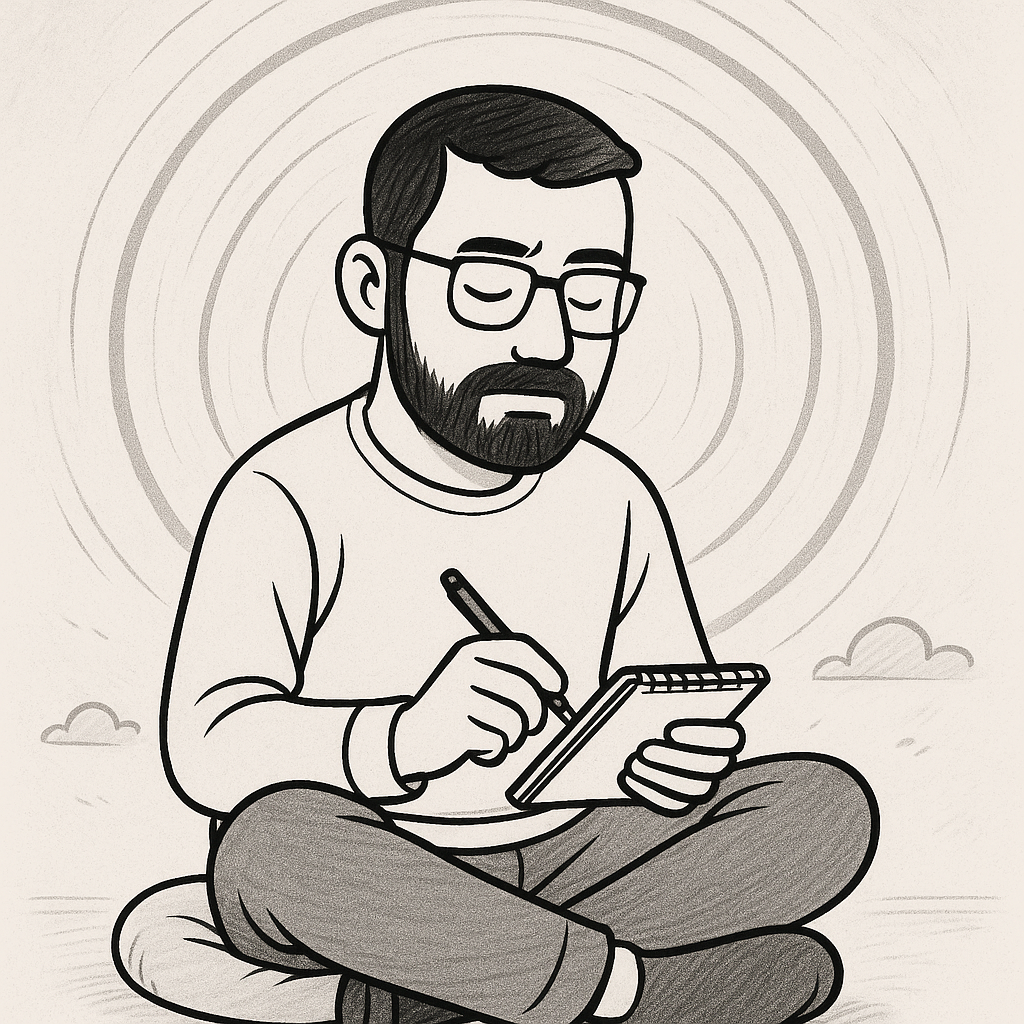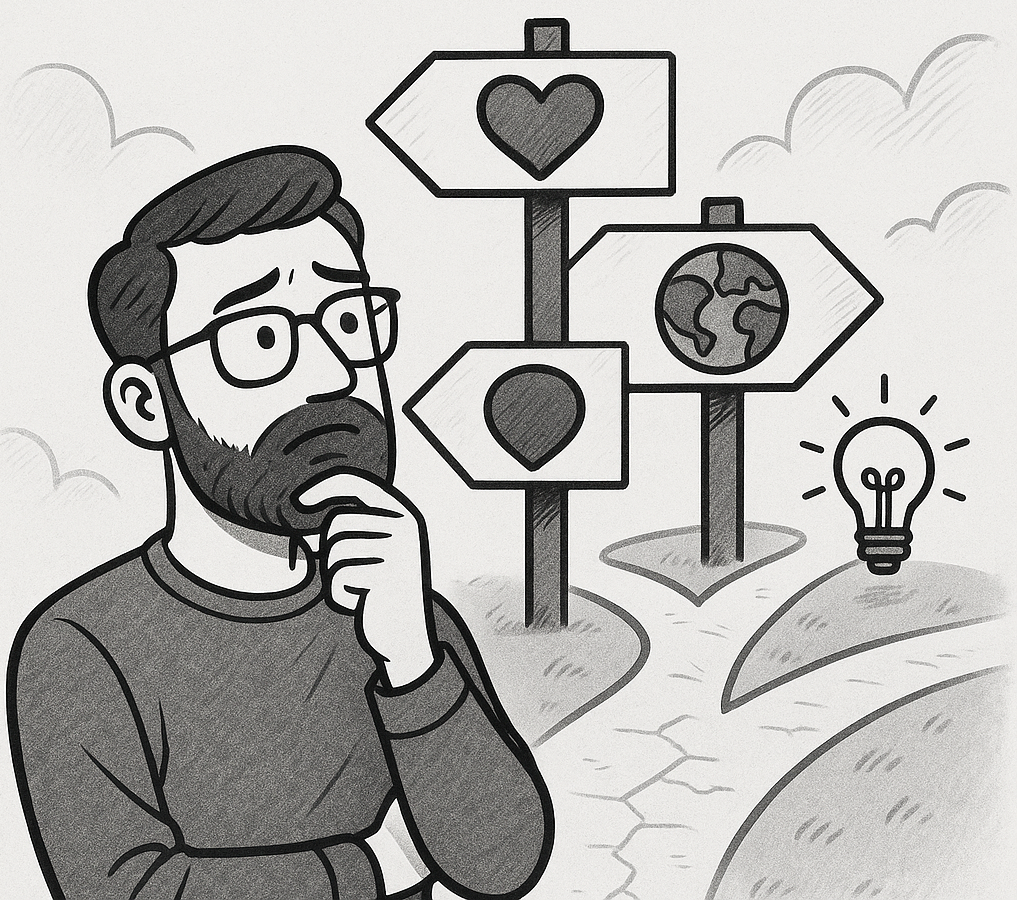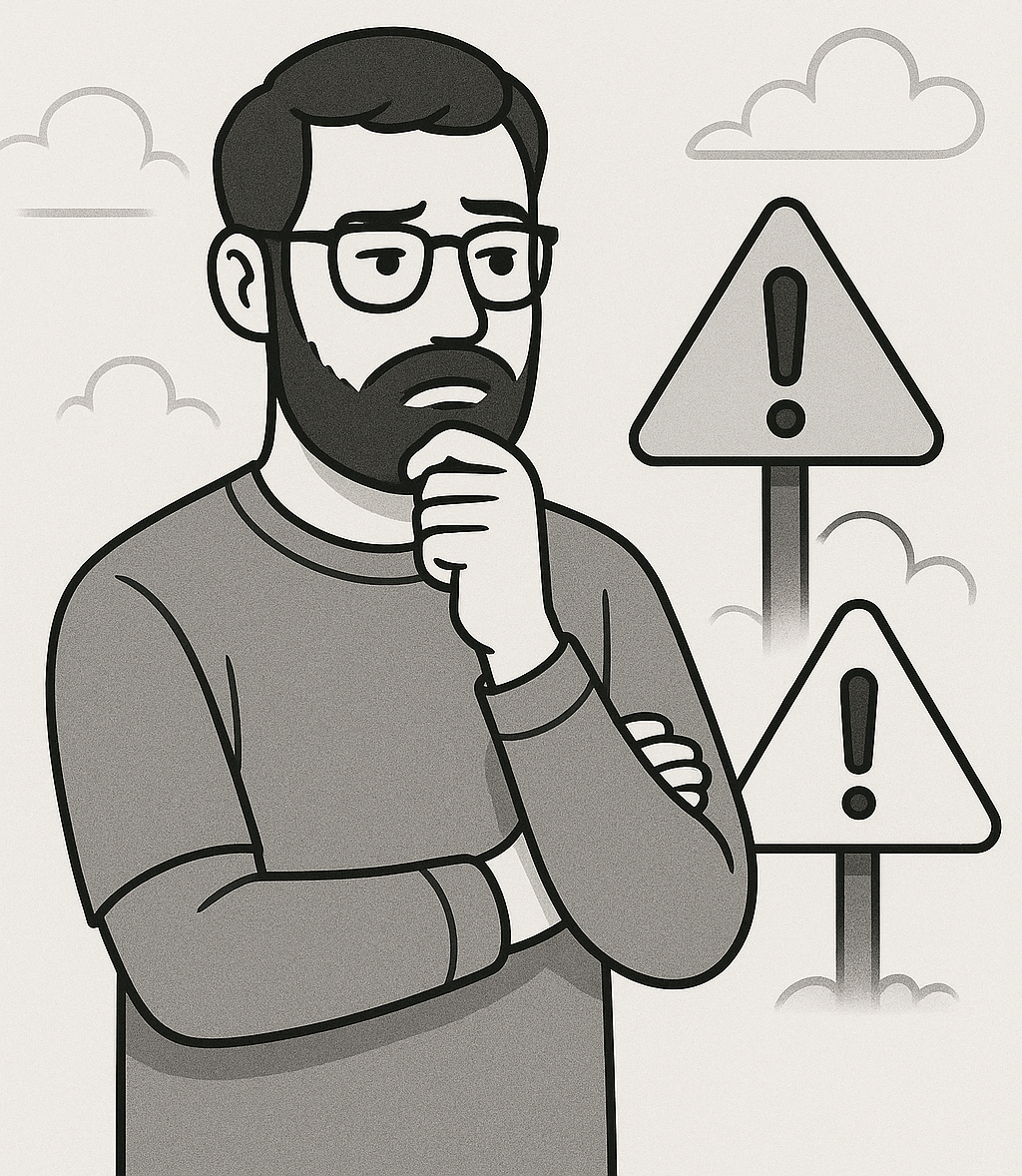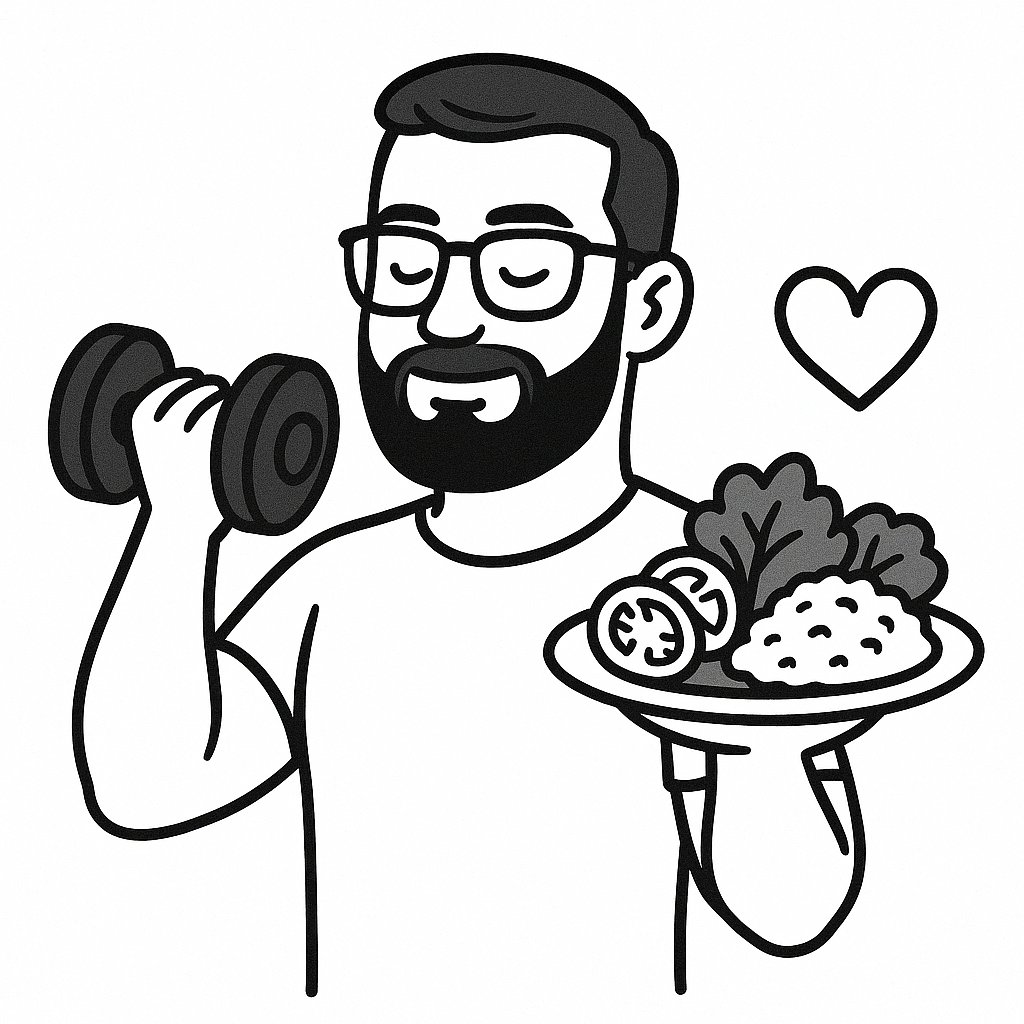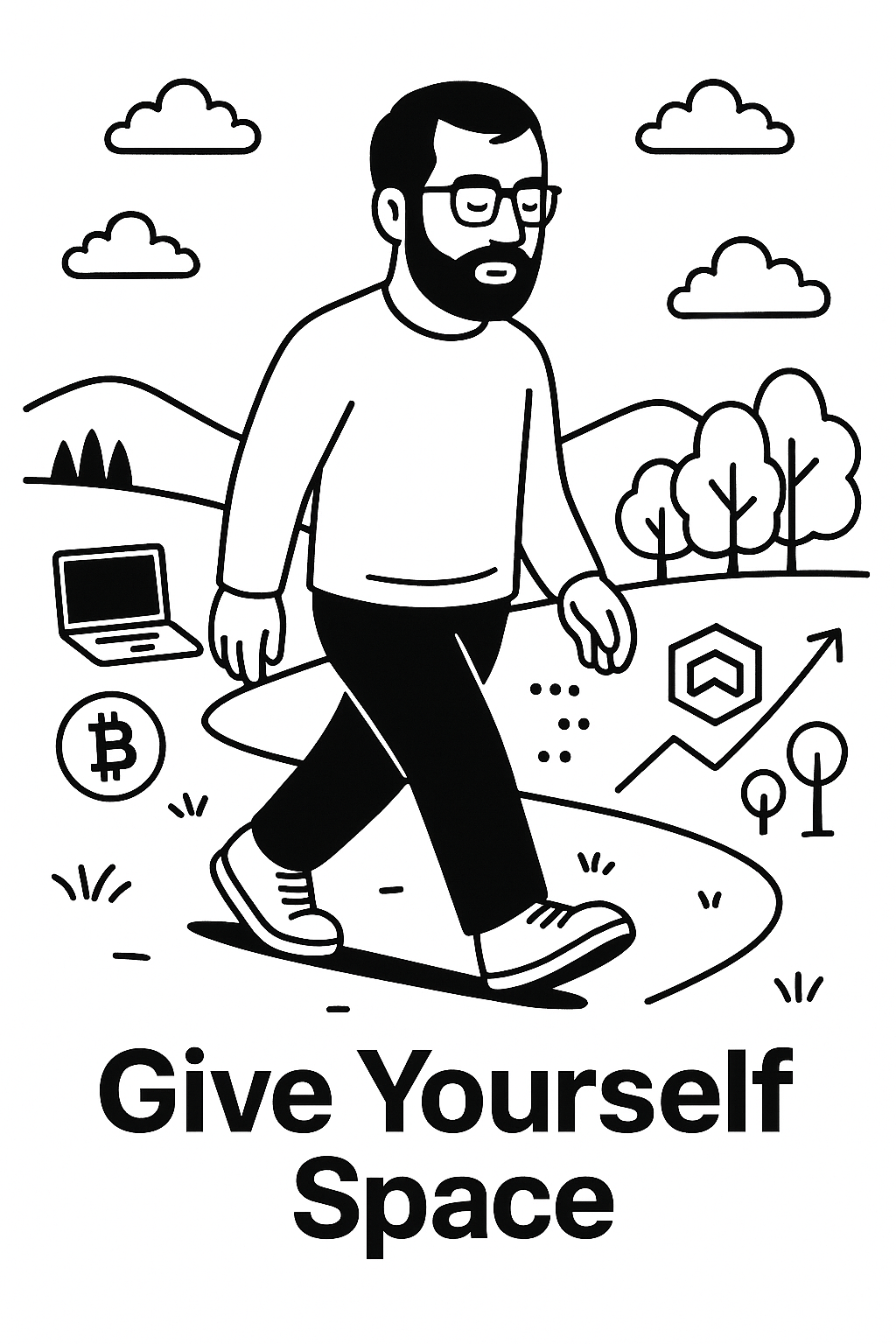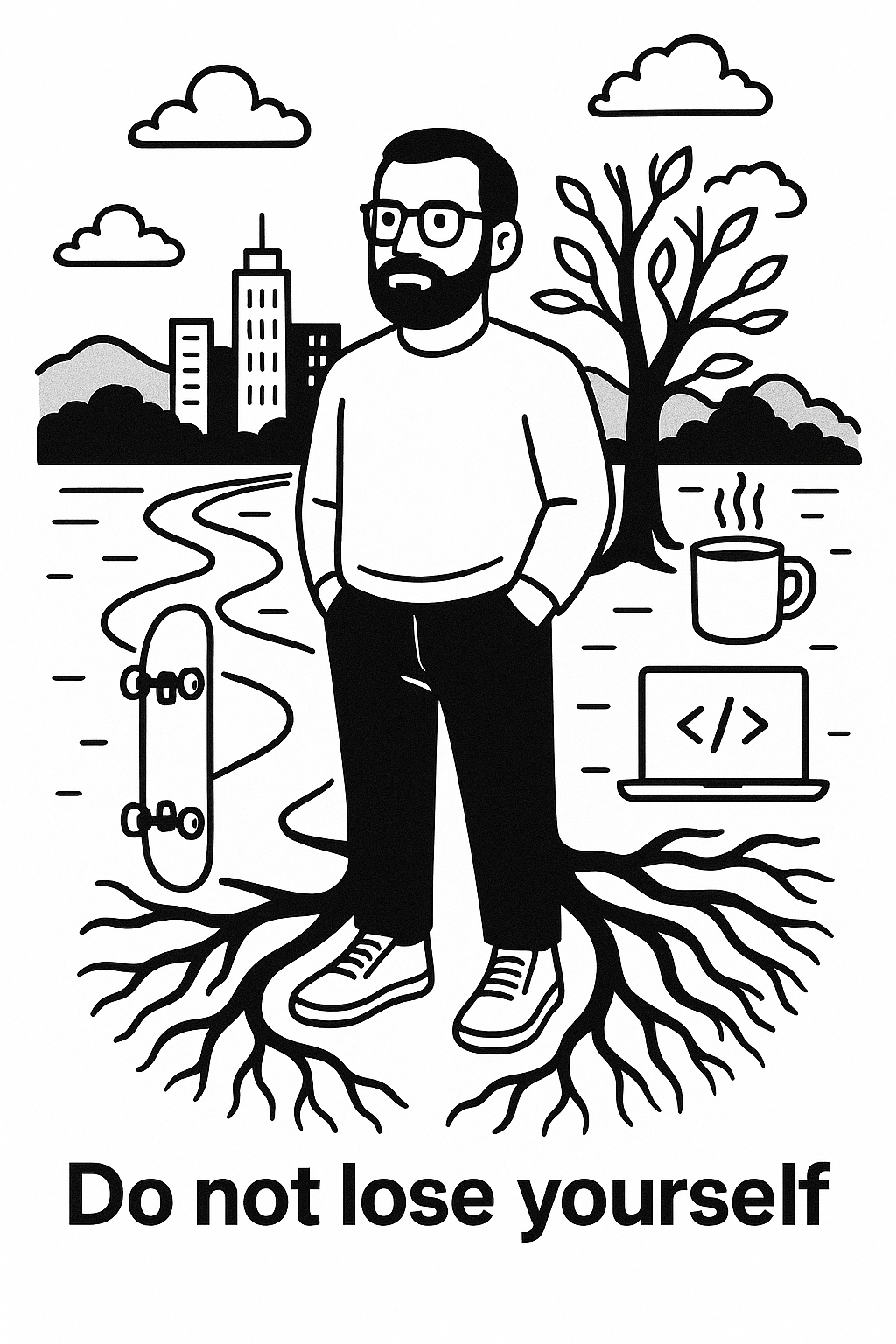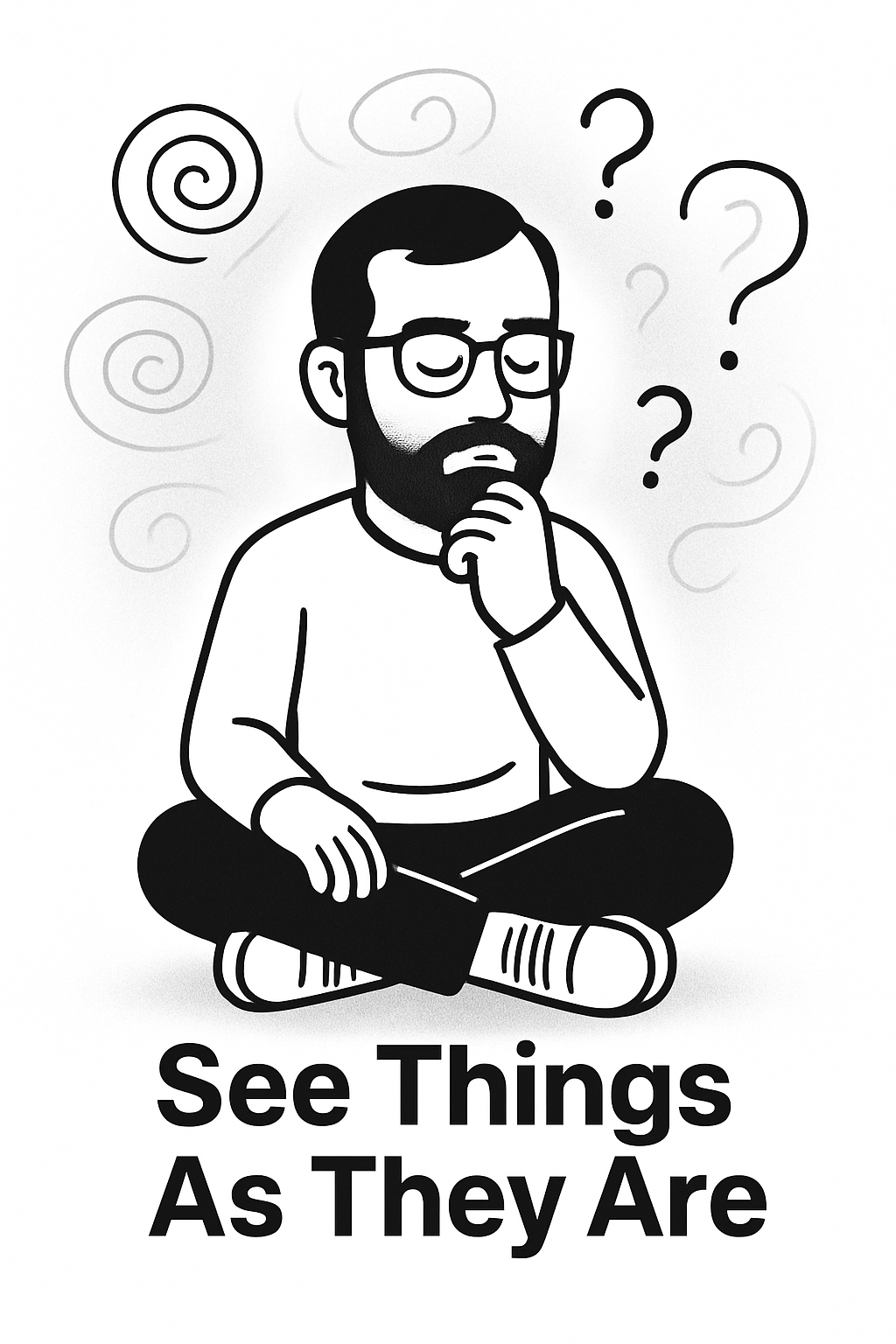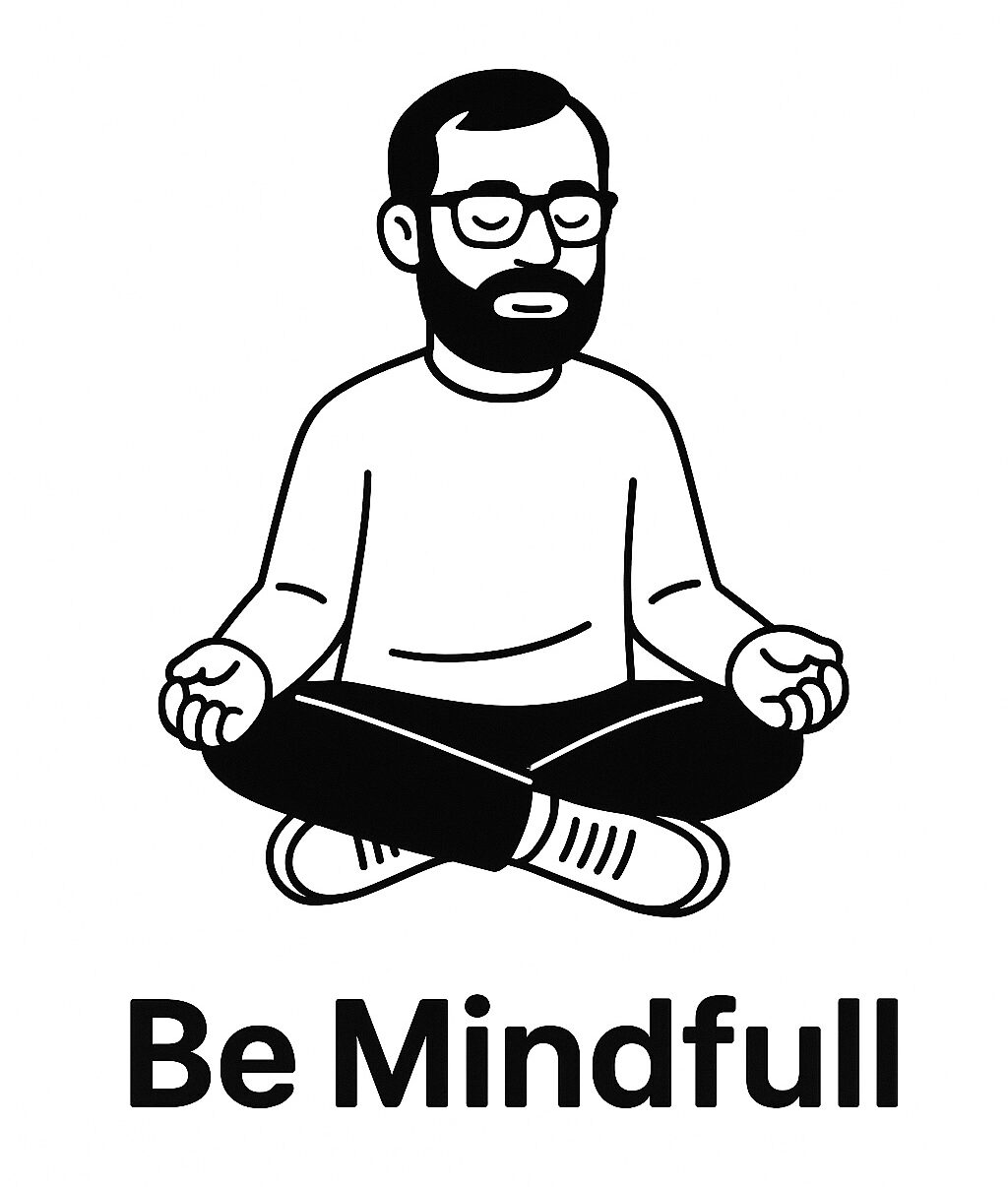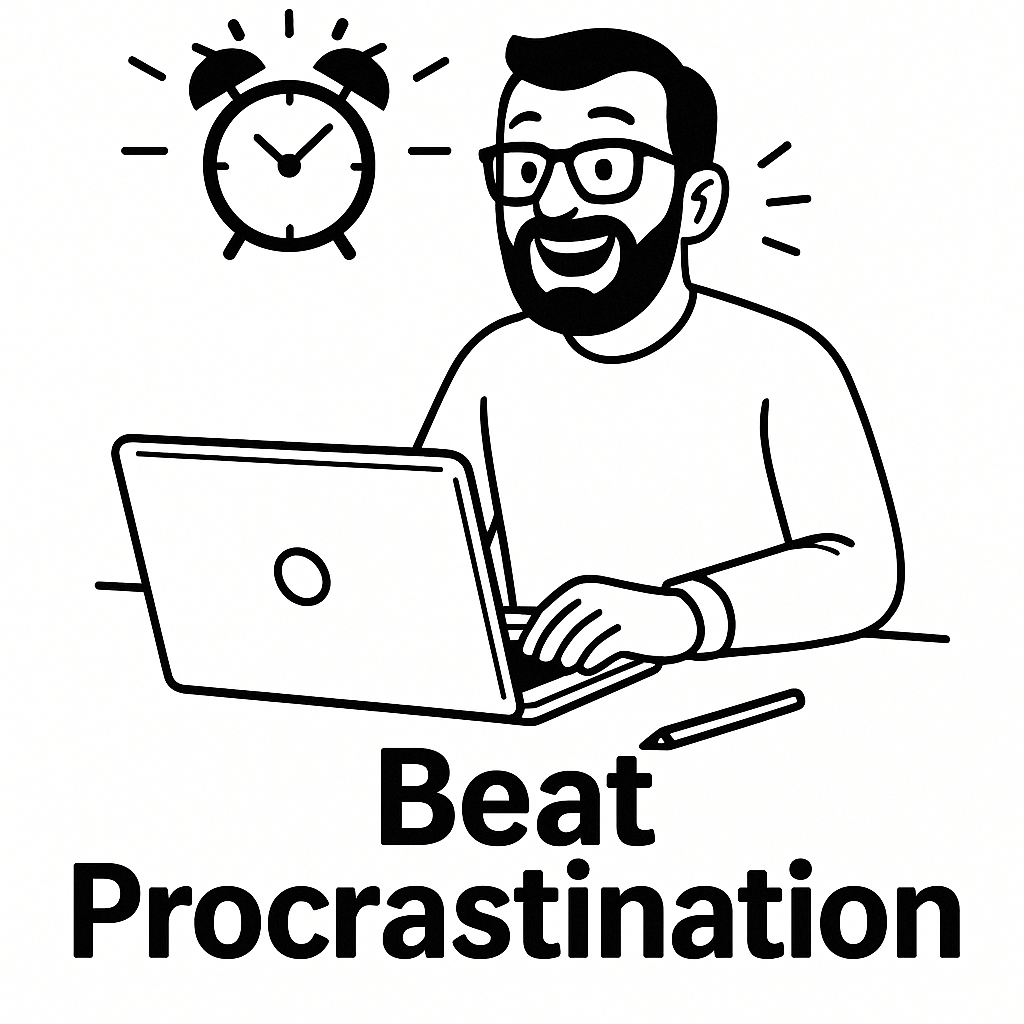It’s easy to forget what we truly want from life—or to produce mediocre results—when we lose motivation along the way. But the important thing is to keep the promises we make to ourselves and to put in our best effort to accomplish what we set out to do.
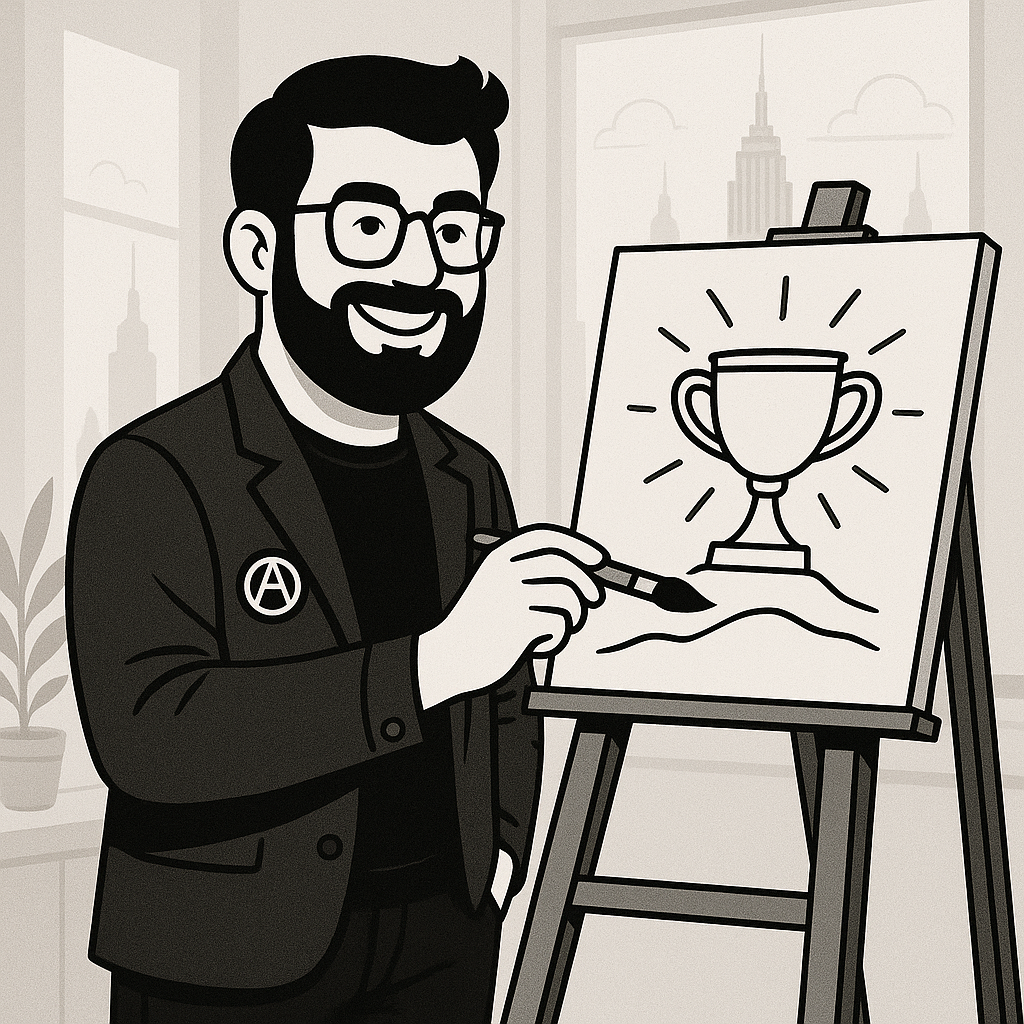
I once heard Rick Rubin talk about the best creators he had worked with. He said they obsessed over their craft to the point where they’d feel comfortable gifting their work to God. That’s the kind of purpose we should aim for. If we’re going to do something, we should do it with care, intention, and pride—or not do it at all.
I know it’s hard to maintain this mindset in a world that often pulls us in directions that don’t align with who we are. We’re constantly asked to work on things that don’t feel like part of our story. Still, there’s something powerful in building something with meaning—something that can stand on its own, with no shame or compromise.
This doesn’t mean we need to be perfectionists. It means we should be aware of what we’re creating, how it might be useful to others, and how someone might genuinely enjoy it—whether it’s a product, a service, or even a simple act of kindness.
Treat everything you do as if you’re crafting a piece of art. Don’t settle for anything less—not in your work, not in your values, and not in the way you live your life. Stay true to yourself. And enjoy the process.
